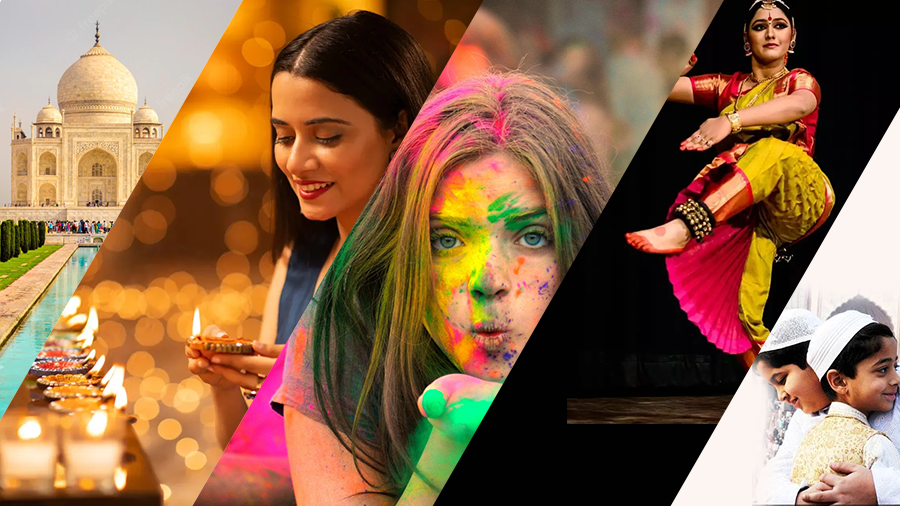
Are We Addressing Mental Health Issues? Philosophical Insights from Uttar Pradesh
- admin
- August 30, 2025
- Uttar Pradesh
- 0 Comments
Bridging Tradition and Modern Approaches to Tackle a Growing Crisis
Lucknow – Uttar Pradesh, a state deeply rooted in tradition and cultural philosophy, is facing an escalating mental health crisis. As societal pressures and rapid modernization reshape lives, mental health has emerged as a critical issue requiring immediate attention. Despite efforts to address this challenge, gaps in awareness, infrastructure, and cultural perceptions persist.
Key Metrics
- Prevalence of Mental Illness: Over 11% of Uttar Pradesh’s population is estimated to suffer from mental health conditions, according to the National Mental Health Survey (NMHS), 2016.
- Access to Care: The state has only 0.24 psychiatrists per 100,000 people, well below the national average of 0.75 (Ministry of Health and Family Welfare, 2023).
- Suicide Rates: Uttar Pradesh recorded 14,965 suicides in 2021, ranking among the highest in the country (National Crime Records Bureau).
- Mental Health Facilities: There are fewer than 50 functional mental health facilities in the state, underscoring the gap in access to care.
Philosophical and Cultural Barriers
1. Stigma Rooted in Tradition
- Perception of Mental Illness: In many parts of Uttar Pradesh, mental health conditions are still viewed through a lens of superstition and moral judgment.
- Cultural Beliefs: Issues like depression and anxiety are often misunderstood, attributed to karma or spiritual imbalances rather than medical conditions.
2. Philosophical Approaches to Healing
- Ayurveda and Yoga: Traditional practices emphasize holistic well-being, integrating the mind, body, and spirit.
- Example: Uttar Pradesh’s International Day of Yoga celebrations have highlighted yoga’s role in managing stress and anxiety, promoting it as a preventive measure.
- Community-Based Healing: Historically, collective support within extended families and local communities played a role in emotional resilience, a system that is eroding with urbanization.
Modern Interventions in Mental Health
1. Government Initiatives
- District Mental Health Program (DMHP): Uttar Pradesh has implemented the DMHP in over 30 districts, offering mental health services through primary healthcare centers.
- Impact: The program aims to integrate mental health into general healthcare, yet its reach remains limited due to resource constraints.
- Tele-Mental Health Services: Launched in 2022, teleconsultation services have expanded access to mental health professionals in rural and underserved areas.
2. School-Based Awareness
- Manodarpan Initiative: As part of the National Education Policy, this program promotes mental health awareness in schools, providing counseling services to students.
- Reach: Over 1,000 schools in Uttar Pradesh have implemented mental health awareness sessions since 2021.
3. Public-Private Partnerships
- Collaborations with NGOs like Sangath and NIMHANS have brought community-based mental health interventions to rural Uttar Pradesh.
Challenges in Addressing Mental Health Issues
1. Infrastructure Gaps
- Lack of Specialists: With fewer than 150 psychiatrists and psychologists for a population of over 240 million, the shortage of trained professionals is a significant barrier.
- Facility Shortage: Many districts lack specialized mental health clinics, forcing patients to travel long distances for care.
2. Social Stigma
- Reluctance to Seek Help: Cultural taboos and fear of judgment deter individuals from accessing mental health services, especially in rural areas.
- Gender Disparities: Women face additional barriers, as mental health concerns are often dismissed as hormonal or familial issues.
3. Awareness and Education
- Limited Knowledge: Despite programs like DMHP, awareness about mental health remains low, particularly among older generations.
Philosophical Insights into Mental Health
1. Gandhian Principles of Holistic Health
Mahatma Gandhi’s belief in self-care and simplicity resonates in the context of mental health. His advocacy for integrating physical, mental, and spiritual well-being underscores the importance of balance in modern life.
2. Ancient Wisdom of the Bhagavad Gita
The Bhagavad Gita’s teachings on managing stress and emotional turmoil through self-awareness and detachment offer timeless insights.
- Example: Practices like meditation (dhyana), rooted in Vedic philosophy, are increasingly recognized as effective tools for mental well-being.
3. Community-Based Care
Traditional Indian philosophies emphasize collective responsibility, where families and communities play a role in supporting individuals during crises.
Steps Forward: Addressing the Crisis
- Expanding Infrastructure
- Increase the number of mental health clinics and specialists in underserved districts.
- Invest in mobile mental health units to reach remote areas.
- Stigma Reduction Campaigns
- Leverage cultural influencers and religious leaders to normalize mental health discussions.
- Implement targeted media campaigns to educate the public about mental health conditions.
- Integration with Traditional Practices
- Promote yoga, meditation, and Ayurveda alongside modern therapies for a holistic approach to care.
- Strengthening School Programs
- Expand initiatives like Manodarpan to more schools, incorporating mental health education into the curriculum.
Conclusion: A Call for Collective Action
The mental health crisis in Uttar Pradesh is a complex challenge that requires both modern solutions and culturally rooted approaches. By integrating philosophical traditions with evidence-based interventions, the state can pave the way for a more inclusive and effective mental health system.
Addressing mental health issues is not just a medical necessity but a societal responsibility. Uttar Pradesh must act decisively to ensure that its people receive the care and support they deserve, bridging the gap between tradition and progress.


